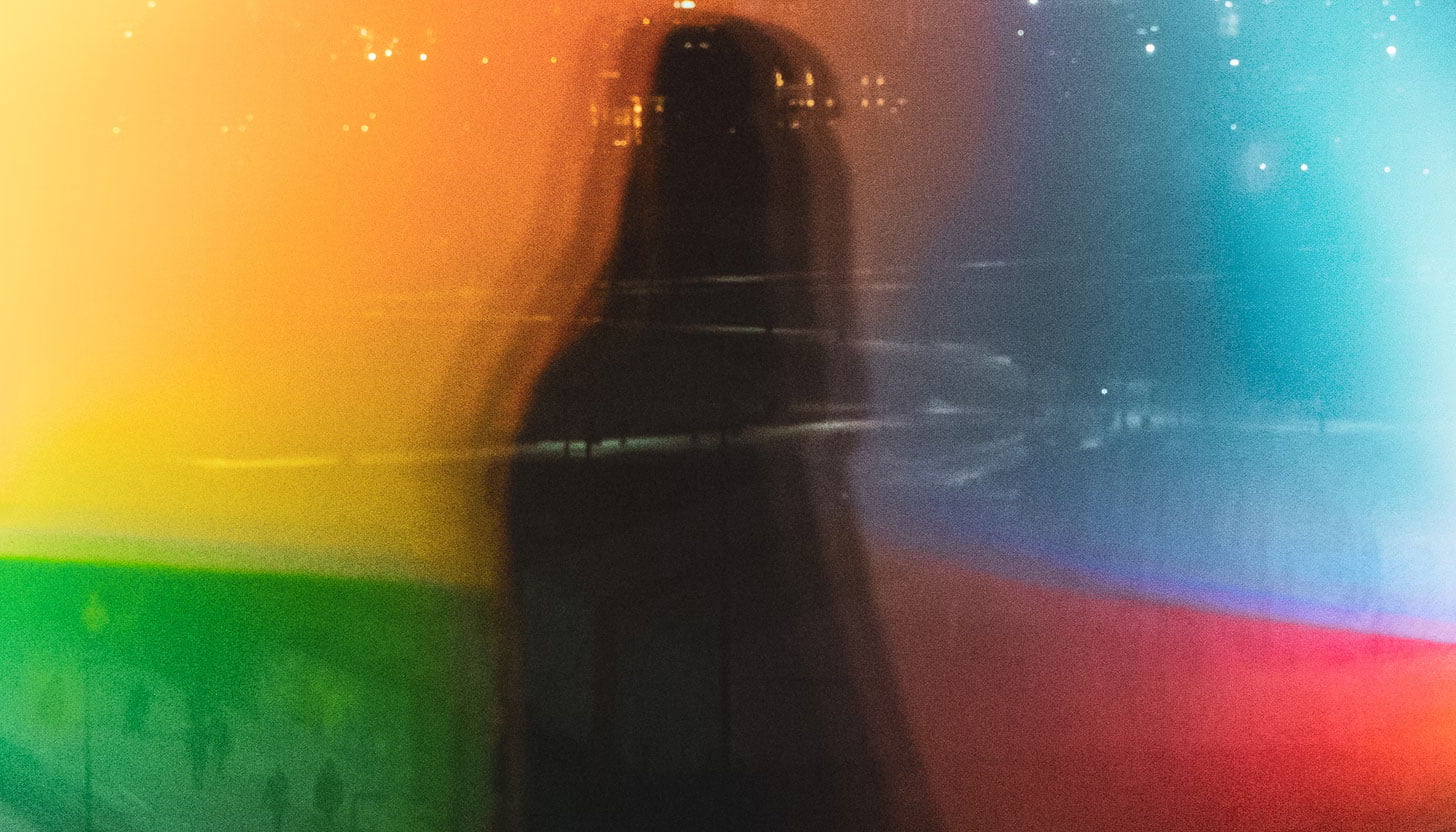Color wheel
The color wheel is fundamental in art, design, and everyday life. It serves as a visual representation of how colors relate to each other and is invaluable for choosing color schemes, creating harmonious compositions, and understanding the principles of color theory. We will explore the color wheel in detail and break down each color on the wheel, explaining its characteristics, associations, and emotional impact.

Understanding the Color Wheel
The color wheel systematically organizes colors in a circular chart. It is typically divided into 12 or 24 segments, each representing a specific color. The colors are arranged in a particular order to show their relationships.
Primary Colors
The primary colors are the foundation of the color wheel. There are three primary colors:

- Red: Red is a bold, intense color associated with passion, love, and energy. It is often used to draw attention and create a sense of urgency.
- Blue: Blue is a calm and calming color that symbolizes tranquility, stability, and trust. It is commonly used in corporate branding and healthcare settings.
- Yellow: Yellow is a bright, cheerful color representing happiness, optimism, and warmth. It is often used to evoke feelings of joy and energy.
Secondary Colors
You create secondary colors when you mix equal parts of two primary colors. The three secondary colors are:

- Green: Green is the result of mixing blue and yellow. It is associated with nature, growth, and freshness. Green is often used in environmental and organic branding.
- Orange: Orange is produced by combining red and yellow. It is a vibrant color that conveys enthusiasm, creativity, and warmth. It is frequently used in advertising and design to grab attention.
- Purple: Purple is the outcome of mixing red and blue. It symbolizes royalty, luxury, and mystery. Purple is often used in beauty and fashion industries to convey elegance and sophistication.
Tertiary Colors
Mixing a primary and secondary color will produce a tertiary color and find adjacent to it on the color wheel. The color wheel consists of six tertiary colors, each with its own distinct characteristics.
- Red-Orange: A warm and vibrant color that combines red energy with orange’s warmth. It is often used to create excitement and enthusiasm.
- Yellow-Orange: A bright and sunny color that exudes optimism and cheerfulness. It is commonly associated with happiness and friendliness.
- Yellow-Green: This color combines the freshness of green with the warmth of yellow. It is often used to represent growth, fertility, and renewal.
- Blue-green: A calming and serene color that evokes tranquility and balance. It is often used in wellness and spa environments.
- Blue-Purple: A relaxed and elegant color that combines the depth of blue with the richness of purple. It symbolizes creativity and imagination.
- Red-Purple: A passionate and dramatic color that represents romance and sensuality. It is commonly used in romantic-themed designs.
The Importance of Color Relationships
Understanding the color wheel helps individuals and designers create harmonious color schemes and convey specific emotions and messages through their work. Here are some essential color relationships:

1. Complementary Colors: When you blend colors opposite each other on the color wheel, like green and red or orange and blue, it creates a powerful contrast that makes things more noticeable.
2. Analogous Colors: Colors adjacent to the color wheel, such as blue, blue-green, and green, are analogous. When used together, they create a harmonious and cohesive look.
3. Triadic Colors: Triadic color schemes involve three evenly spaced colors on the color wheel, such as red, blue, and yellow. These schemes offer a balanced and dynamic look.
Powerful tool
The color wheel is a efficient system for artists, designers, and anyone interested in the visual arts. Understanding the relationships between colors and their emotional impact can significantly enhance one’s ability to communicate and create visually appealing compositions. Whether designing a logo, decorating a room, or simply expressing yourself through art, the color wheel is essential to harnessing the full spectrum of colors and their potential.






